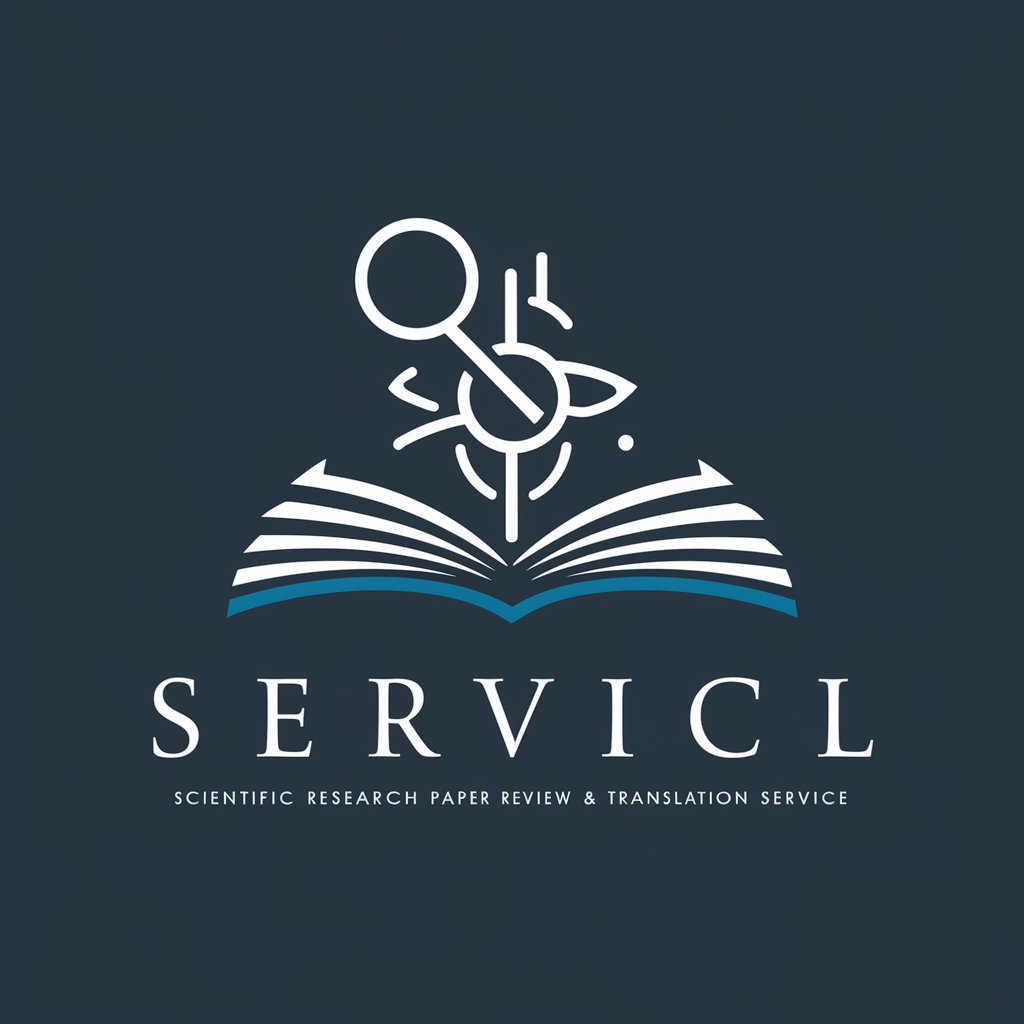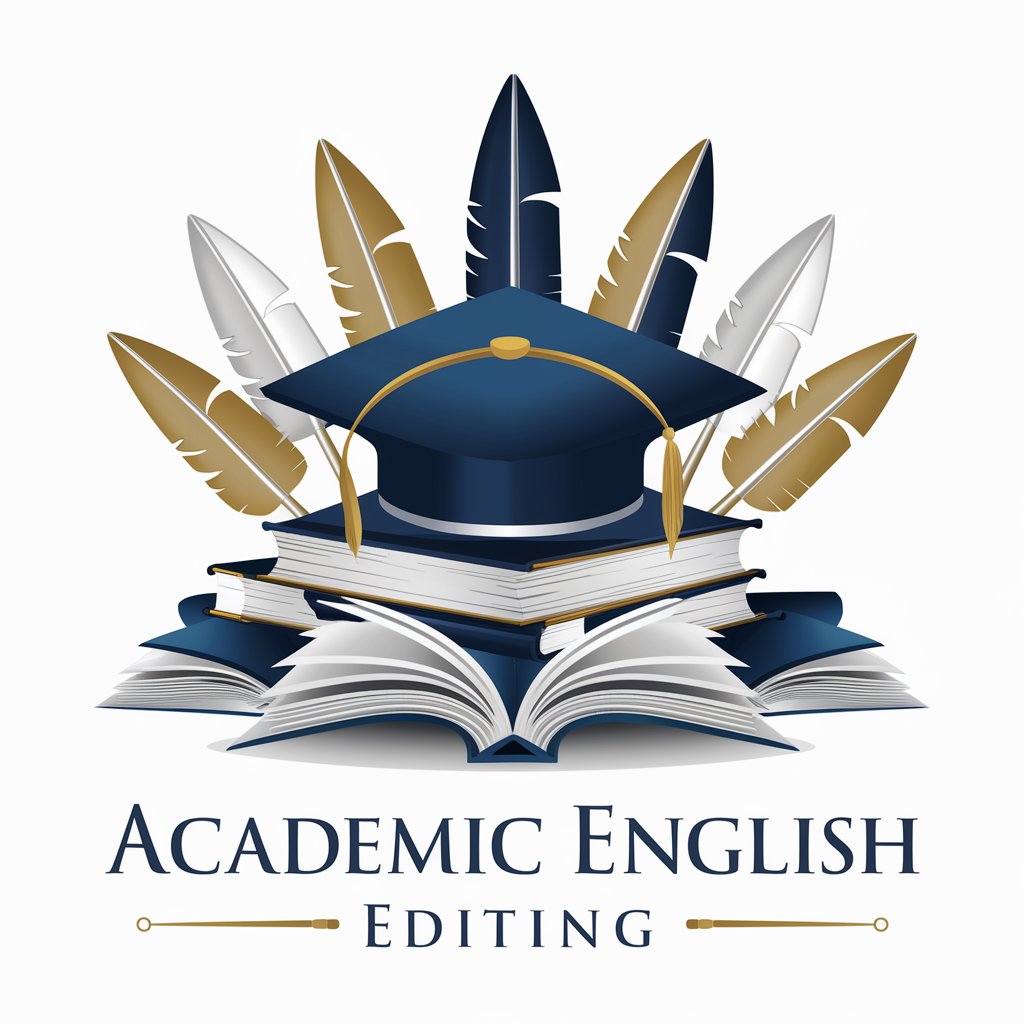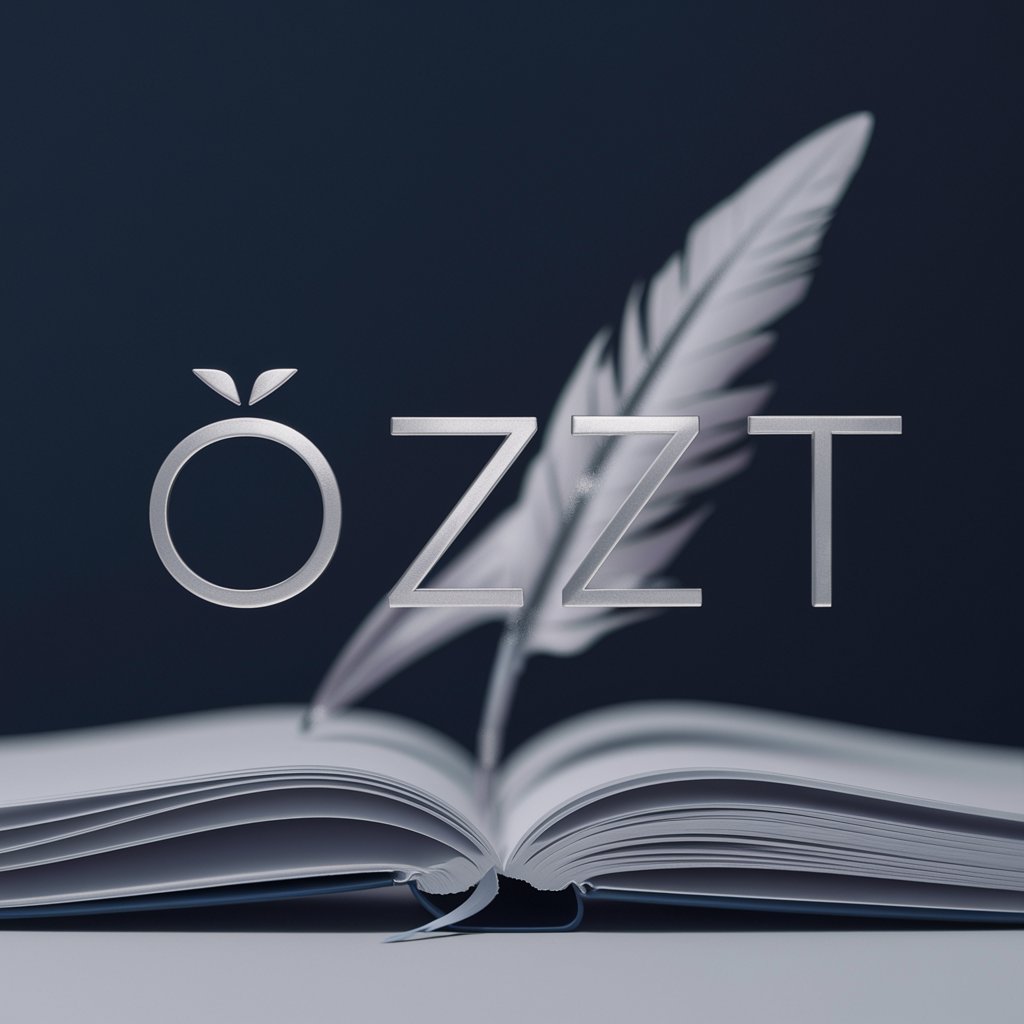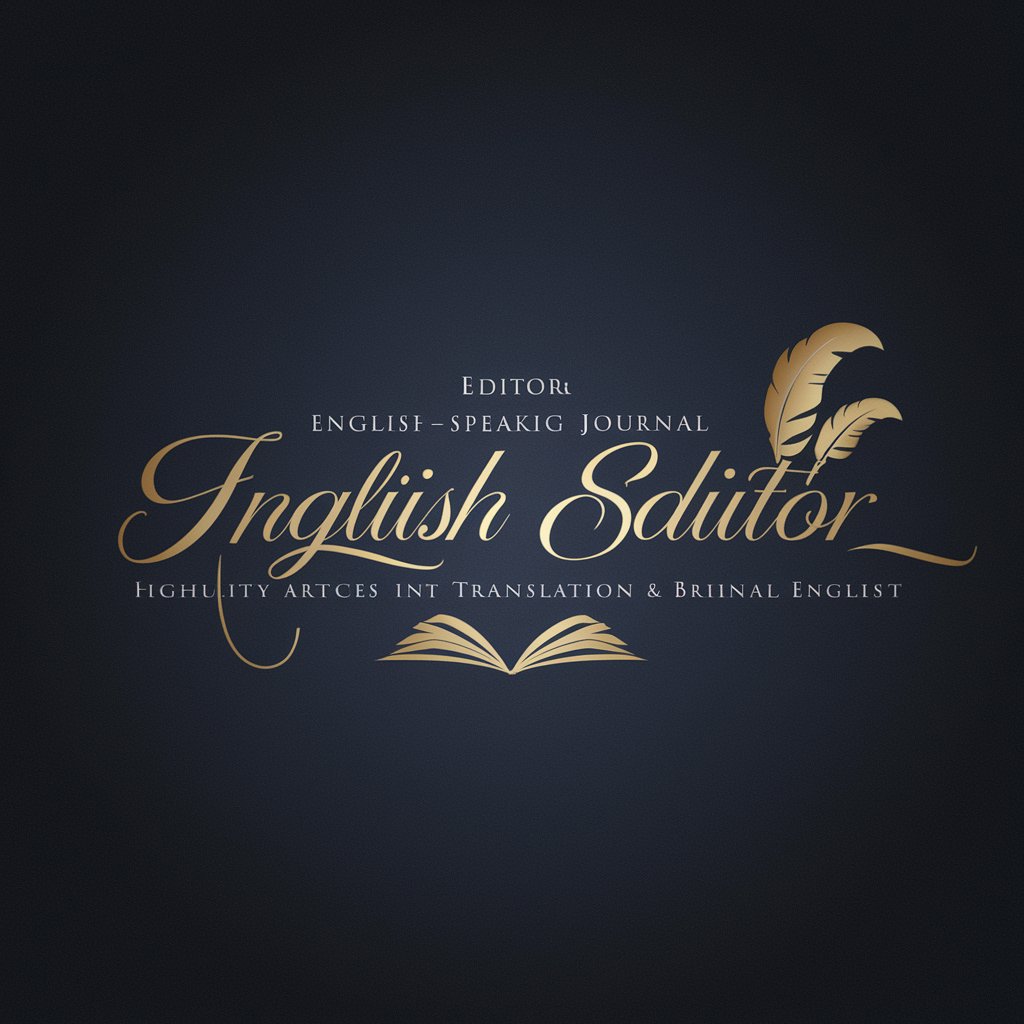
学术翻译机器人ZT中转英 - Academic Translation Tool

Empowering Academic Excellence with AI
发送你需要翻译的语句。
Get Embed Code
Introduction to Academic Translation Bot ZT from Chinese to English
Academic Translation Bot ZT from Chinese to English, abbreviated as 学术翻译机器人ZT中转英, is a specialized AI designed to assist in the translation and enhancement of academic texts from Chinese to English. Its core functionality is centered around providing accurate, scholarly translations with an emphasis on maintaining the original meaning while improving the academic tone and structure of the text. This bot is tailored for academic professionals, researchers, and students who seek to publish or understand scholarly materials across linguistic boundaries. By leveraging advanced language models, it can handle complex scientific terminology, theoretical concepts, and nuanced academic rhetoric, ensuring that translations are not only linguistically accurate but also align with disciplinary standards and expectations. For example, a researcher can input a section of their paper in Chinese, and the bot will produce an English version that is ready for submission to an international journal, optimizing language for clarity, precision, and academic rigor. Powered by ChatGPT-4o。

Main Functions of Academic Translation Bot ZT from Chinese to English
Academic Translation
Example
Translating a research paper on quantum computing from Chinese to English.
Scenario
A Chinese researcher wants to submit their work to an international journal. The bot translates the paper, ensuring technical accuracy and adherence to the journal's stylistic guidelines.
Language Enhancement
Example
Improving the academic tone of a thesis abstract.
Scenario
A graduate student has drafted their thesis abstract in Chinese but needs to refine the language for submission to an English-speaking university. The bot enhances the abstract's language, focusing on academic rigor and lexical precision.
Terminology Alignment
Example
Standardizing the use of technical terms in a bilingual research collaboration.
Scenario
Researchers from China and the UK collaborate on a project. The bot helps unify the technical terminology used in their joint publications, ensuring consistency across languages.
Ideal Users of Academic Translation Bot ZT from Chinese to English
Academic Researchers
Researchers who aim to publish their findings in international journals or collaborate with English-speaking colleagues can utilize the bot to translate and enhance their papers, proposals, and reports.
Graduate Students
Students working on their theses or dissertations in Chinese, but who need to submit work or publish in English, can benefit from the bot's ability to translate academic texts and improve their scholarly language.
Academic Institutions
Universities and research institutions that aim to increase their international visibility and collaboration can use the bot to translate academic materials, making their research accessible to a global audience.

How to Use 学术翻译机器人ZT中转英
1
For a complimentary trial without the need for a login or ChatGPT Plus, visit yeschat.ai.
2
Select the 'Academic Translation' feature from the menu to start translating academic materials from Chinese to English.
3
Input your text into the provided text box. For best results, ensure the text is clearly structured and pertains to academic content.
4
Press the 'Translate' button to receive your academic translation. The system uses advanced AI to ensure precision and academic tone.
5
Review the translation output. You can make edits directly in the output field to refine the translation based on your specific needs.
Try other advanced and practical GPTs
Neko
Charming AI Companion for All Ages

Plot Outliner | Let AI Do The Talking
Crafting your story with AI
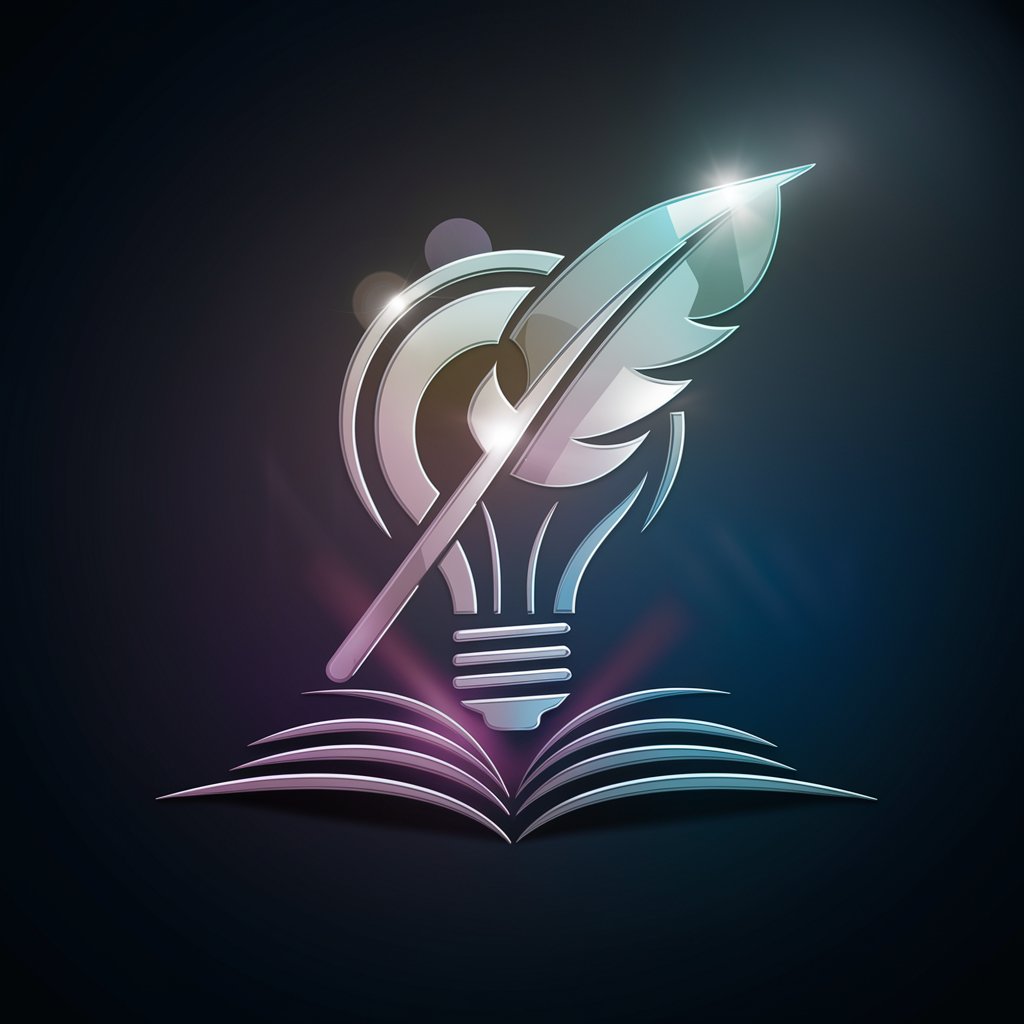
回路図アドバイザ
AI-powered Circuit Design Guidance

Mind Explorer
AI-Powered Thought Organization
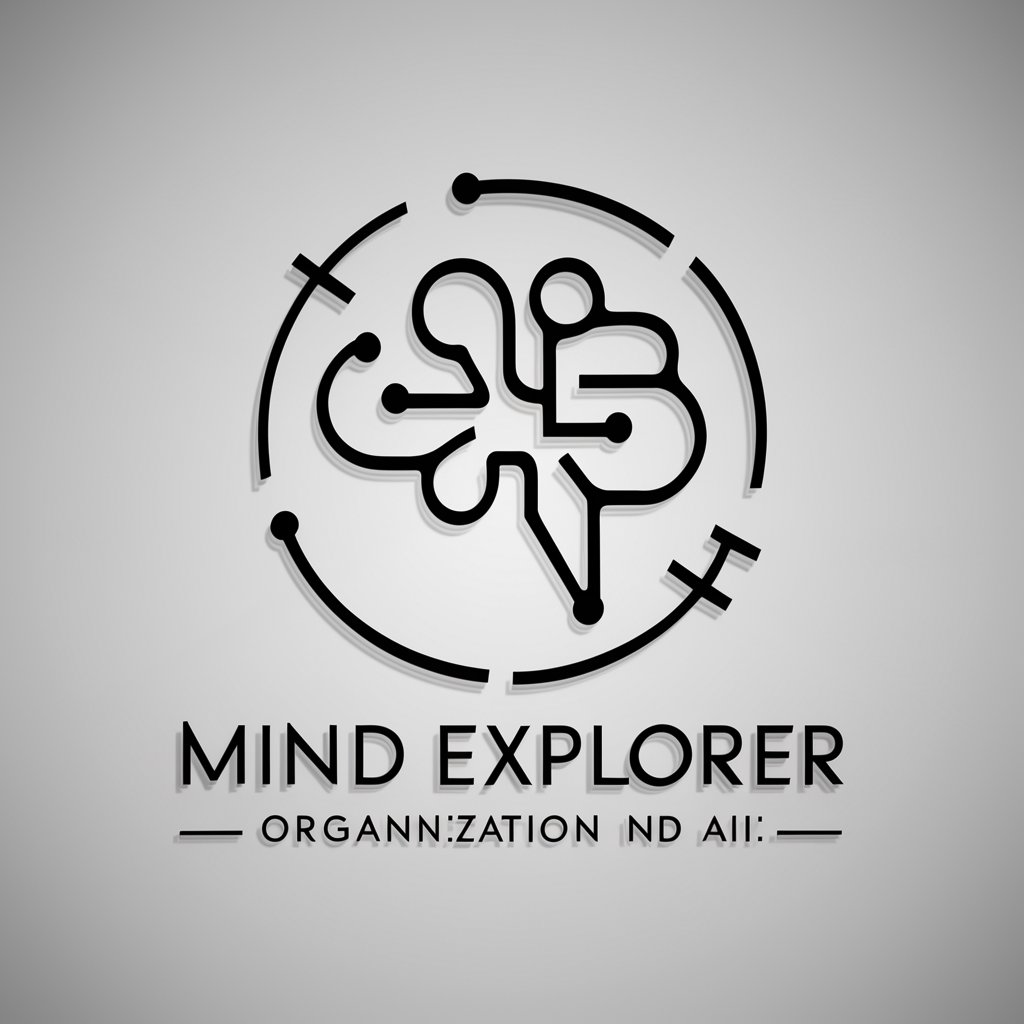
SAT Prep
AI-Powered SAT Mastery
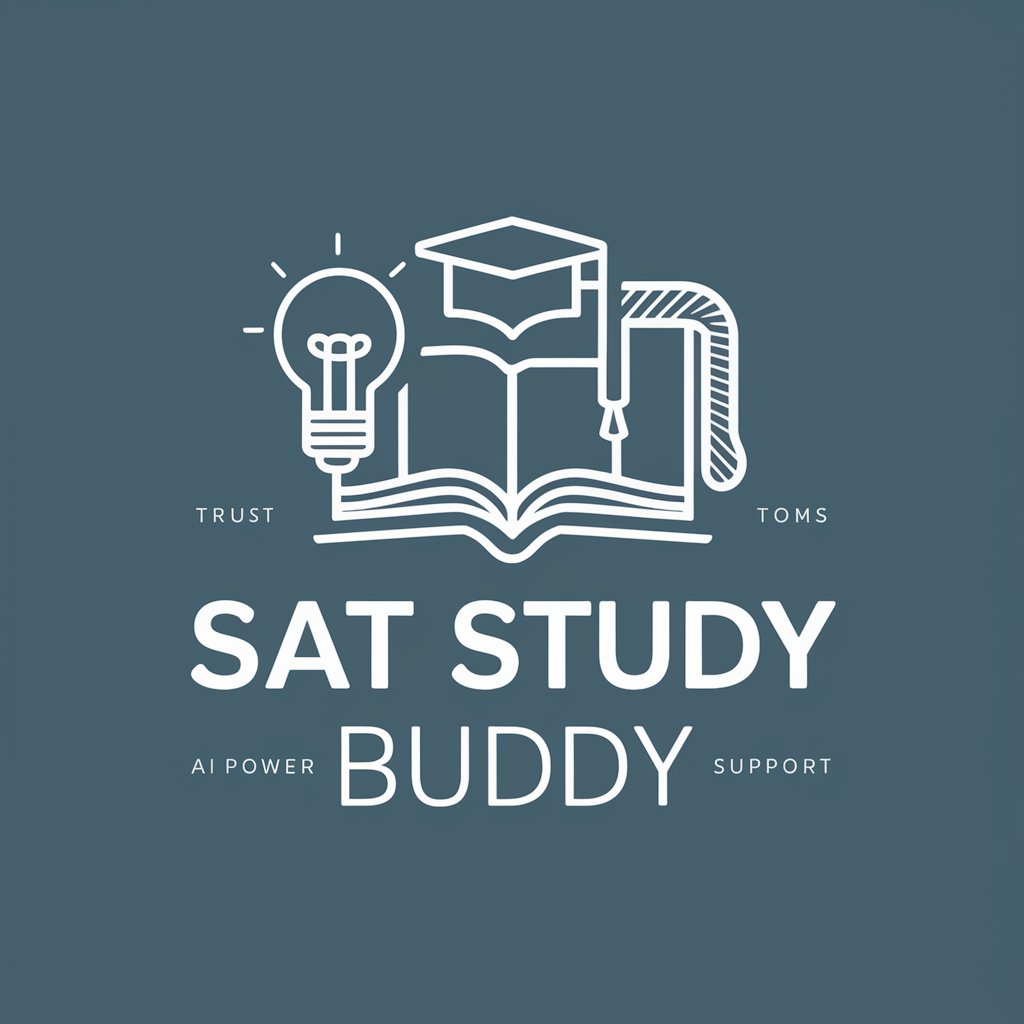
Copywriting Copilot
Empower Your Words with AI

無料AV案内人
AI-powered personalized entertainment discovery

Poetry Translator
Bringing Poetry to Life Across Languages
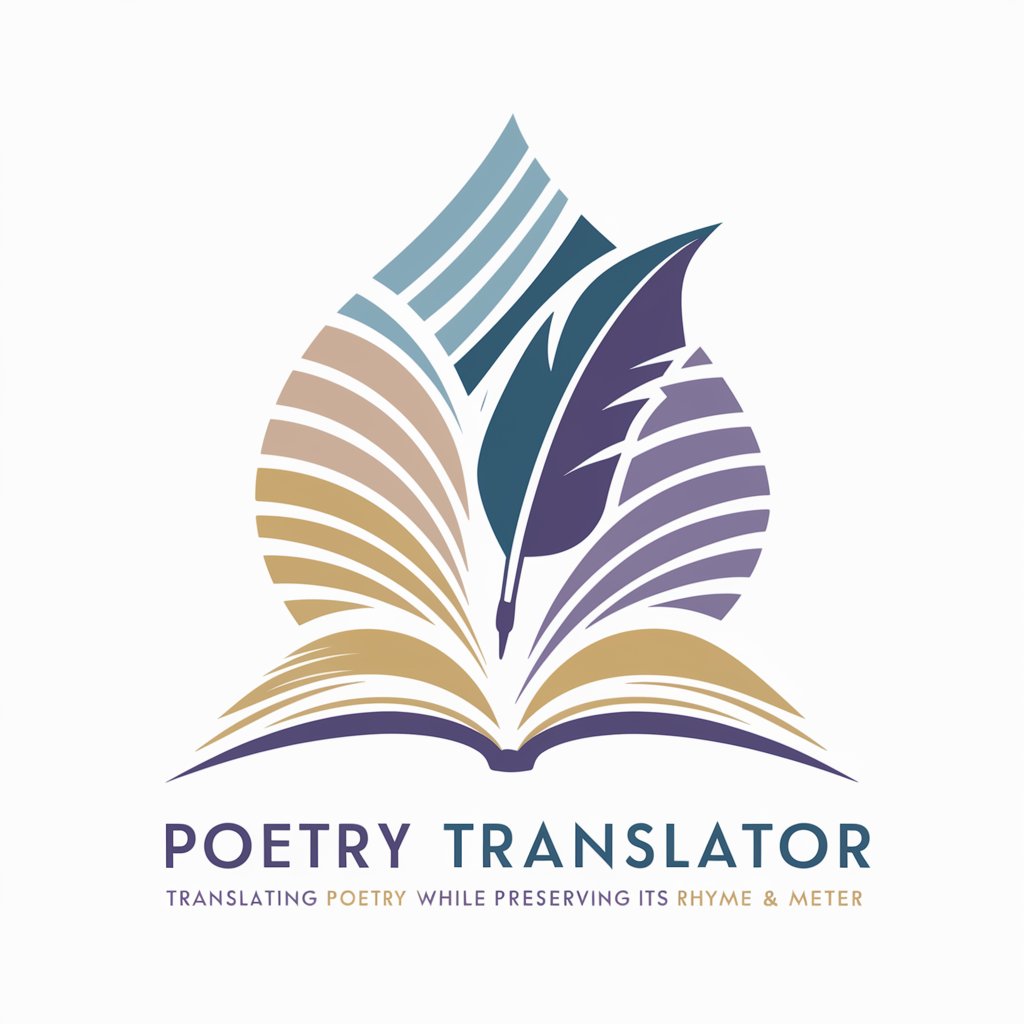
Trending
Stay updated, effortlessly.

! Spanish Academy !
AI-Powered Spanish Mastery
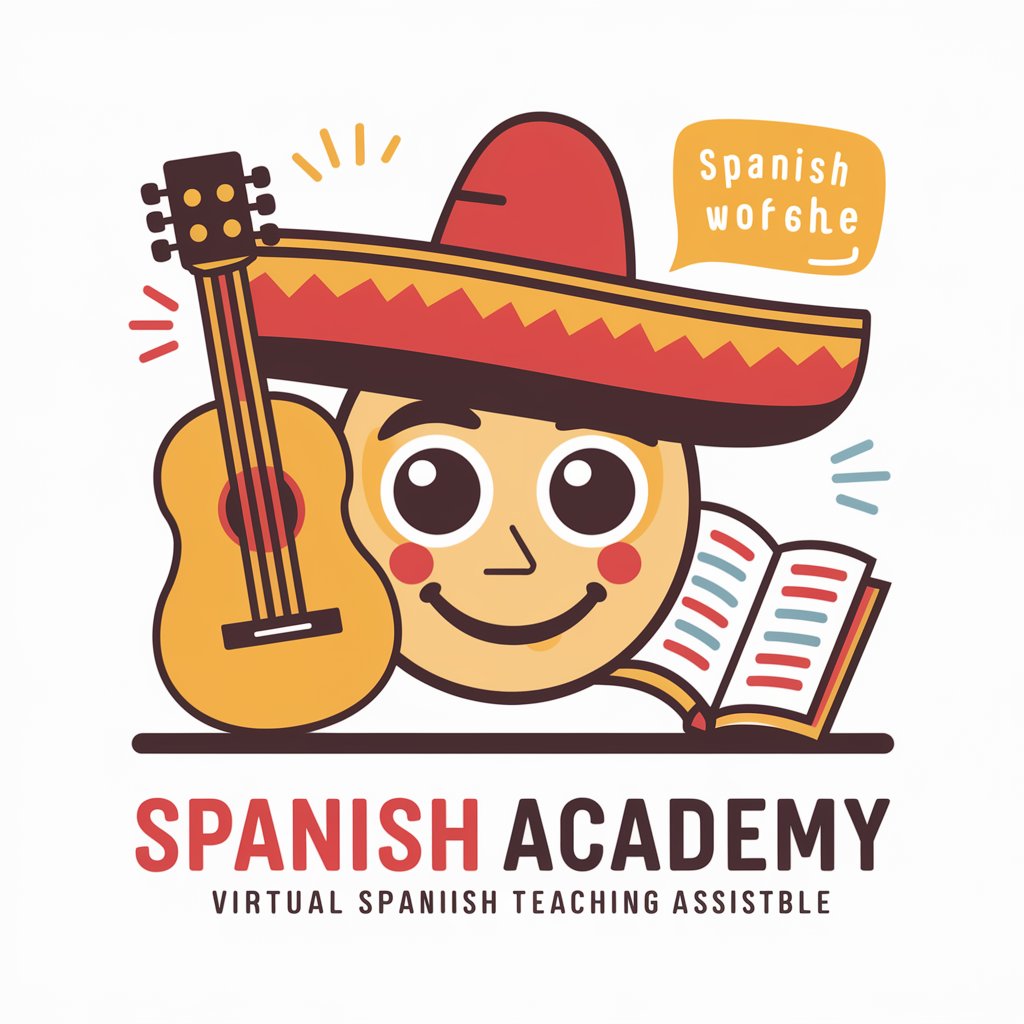
Hooked: Digital Product Consultant
Crafting Habit-Forming Products with AI

Personal advocate
Empathetic AI for Personal Advocacy

Frequently Asked Questions about 学术翻译机器人ZT中转英
What is 学术翻译机器人ZT中转英?
It's an advanced AI-powered tool designed for the precise translation of academic materials from Chinese to English, aiming to facilitate cross-language research and publication.
Who can benefit from using this tool?
Researchers, scholars, and students engaged in cross-cultural academic activities, particularly those needing to translate their work from Chinese to English for broader dissemination.
What types of texts can it translate?
The tool specializes in academic texts, including research papers, theses, academic articles, and scientific reports, ensuring the terminology and style are appropriate for academic standards.
Is there a word limit for translations?
While there is no strict word limit, larger documents may require more time for translation. It's recommended to break very large texts into smaller sections for optimal results.
How accurate is the translation?
The tool uses state-of-the-art AI algorithms to provide highly accurate translations. However, it's advisable for users to review the translations for any nuanced adjustments needed in their specific academic context.
